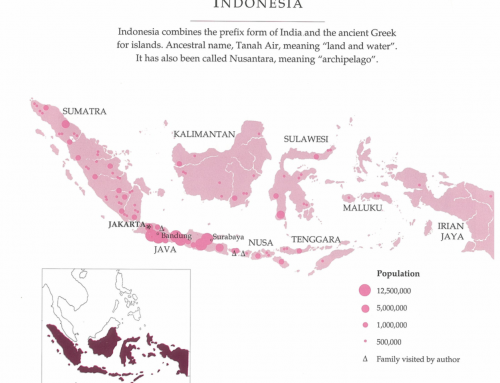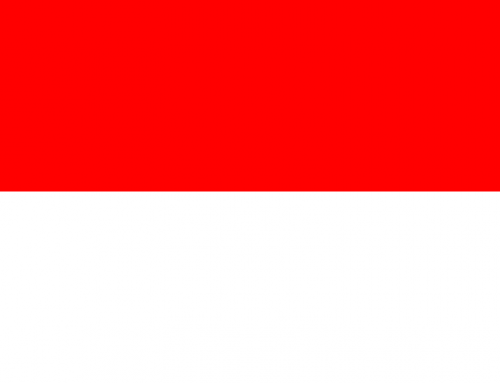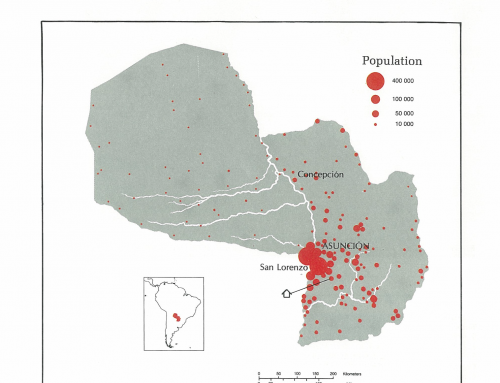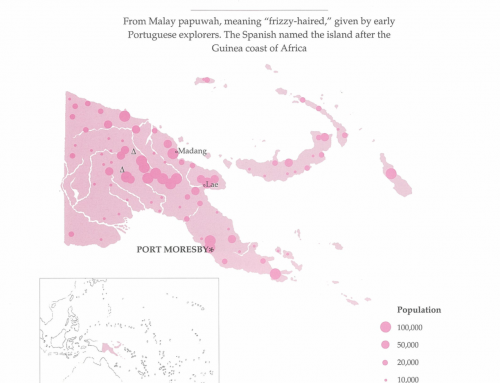The Hondurans
Language: Spanish
POPULATION
Then
Now
Total: 4,400,000 (1985)
Annual growth: 3.4% (149,600) (1980-85)
Doubling time: 22 yrs.
Urban: 40% (1985) (est. for year 2000: 52%)
Rural: 60%
AGE GROUPS: (1981)
19% less than 5 yrs.
48% less than 15
58% less than 20
25% from 20 to 39
12% from 40 to 59
4% 60 yrs. and over
ETHNIC GROUPS:
Ladino: 90% (mixed Spanish and Indian)
Indian: 7%
Black: 2%
White: 1%
Total: 9,112,867 (2016)
Annual growth: 1,7%
Doubling time:
Urban: 55,3% (2016)
Rural:
AGE GROUPS:
% less than 5 yrs.
32,3% less than 15
% less than 20
% from 20 to 39
% from 40 to 59
5% 65 yrs. and over
ETHNIC GROUPS:
Ladino: 90% (mixed Spanish and Indian)
Amerindians: 7% *
Afro-Honduran: 3% -8% or 10% ?
White: 1%
*Lenca, Miskito, Ch’orti, Tolupan or Xicaque, Pech or Paya, Sumo or Tawahka
FAMILY
Then
Now
Marital status, for population 15 yrs. and older: (1974)
Married: 27%
Common-law: 27%
Separated from husband or partner: 10%
Other: 35%
Female head ofhousehold: 22% (1974)
Fertility rate: 6.0 (1985)
Births out of wedlock: no data
Teenage births: 19% (1979)
Contraception: 35% (1984)
Government’ s position on family planning: Believes that the population growth rate is too high and that it impedes development. The government provides direct support to family-planning services, as a means of both reducing population growth and improving family well-being.
Marital status, for population 15 yrs. and older:
Married:
Common-law:
Separated from husband or partner:
Other:
Female head of household:
Fertility rate: 3.1 (2012)
Births out of wedlock: no data
Teenage births:
Contraception:
HOUSING
Then
Now
Persons per household: 5.7 (1985)
Electricity: 59% without (rural 89%) (1974)
Access to safe water: 69% (urban: 91 %; rural: 55%) (1983)
Source of water: (1974)
Piped inside: 20%
Piped outside: 38%
Other: 41%
Toilet facilities: (1974)
None: 42% (rural: 66%)
Building materials: (1974)
Cane and earth: 36%
Wood: 26%
Adobe: 16%
Concrete: 12
68.2% of the population lives in poverty, of which 44.6% are extremely poor. 8% of households are overcrowded, plus 14% of households do not have a water and sanitation systems. Also, 38% of households in rural areas do not have electricity. The country has 1,930,223 independent houses. The Inter-American Development Bank says that the housing deficit in Honduras is around 57%, out of which 30% is quantitative deficit meaning that the construction of 350,000 new homes is required, while 70% it is qualitative deficit, i.e. homes that require improvement of some kind, about 770,000 homes. (source: Habitat for Humanity)
SOCIAL INDICATORS
Then
Now
Life expectancy: 61 yrs. (male: 59; female: 63) (1984)
Infant mortality: 76/1,000 births (1985)
Crude birth rate: 42/1,000 pop. (1985)
Crude death rate: 9/1,000
Health:
Access to health services: 60% (1980-83)
Births attended by trained health personnel: 50% (1984)
Life expectancy: 74 yrs. (2012)
Crude birth rate: 26/1,000 pop. (2012)
Crude death rate: 5/1,000 (2012)
Health:
Access to health services: 54% (2015)
Skilled attendant at birth: 83% (2013) (poorest 20%: 58%)
Injuries by Interpersonal violence: 28%
EDUCATION
Then
Now
Literacy: 57% (male: 59%; female: 55%) (1974)
Gross enrollment ratio: (1984-85)
First level: 102% (completing in 1980-84: 27%)
Second: 33%
Third: 10%
Educational attainment, for population 25 yrs. + :(1983)
None: 34%
First level: 51%
Second: 4%
Third: 3%
ECONOMIC ACTIVITY
Then
Now
Economically active population: 44% (male: 75%;female: 13%) (1984)
Agriculture: 62% act. pop.; 28% of GDP
Mines: 3% act. pop.; 3% of GDP
Industry: 12% act. pop.; 23% of GDP
Services: 23% act. pop.; 46% of GDP
Per capita GNP: 720 U.S.$ (1985)
Population in absolute poverty: (1977 -84)
Urban: 14%
Rural: 55%
National currency/per U.S.$: 2.00 )empiras (1985)
Principal resources: Coffee, bananas, wood
COMMUNICATIONS
Radio:Transmitters: 153 (1979)
Receivers: 200,000- 49/1,000 pop. (1983)
Television:
Receivers: 52,000-13/1,000 pop. (1983)
Economically active population: % (male: %;female: %) (1984)
Agriculture: act. pop.; of GDP
Mines: act. pop.; of GDP
Industry: act. pop.; % of GDP
Services: –% act. pop.; –% of GDP
Per capita GDP: 2 609 U.S.$ (source: Knoema)
Population in absolute poverty:
Poverty Rate: 16% (source: Knoema)
Unemployment 2,7% (?) (source: Knoema)
Urban: 14%
Rural: 55%
National currency/per U.S.$: 2.00-empiras (1985)
Principal resources: Coffee, bananas, wood
Over the last 20 years, GDP of Honduras grew substantially from 5.74 to 21.36 billion US dollars rising at an increasing annual rate that reached a maximum of 13.22 % in 2007 and then decreased to 3.06 % in 2016. (2017: source Knoema)




